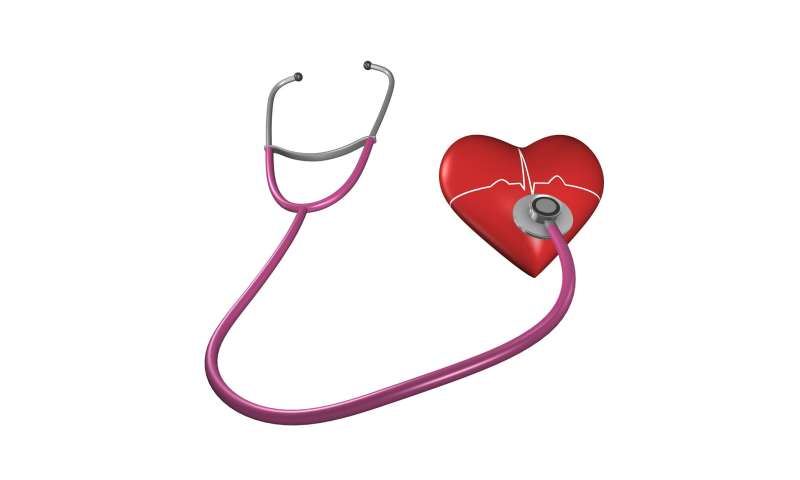
Tom Waddell lost about 40 pounds, but his cholesterol level did not drop, it skyrocketed.
“I was absolutely shocked,” said the 52-year-old.
When Waddell had his annual physical exam in October, his doctor told him that his low-density lipoproteins (LDL), also known as “bad cholesterol,” had jumped from 97 to 153 milligrams per deciliter. Doctors typically recommend an LDL below 100 mg/dL.
Cholesterol comes from two main sources: your liver and your diet. Your liver, other organs and other cells in your body produce about 75% of the cholesterol in your blood. The other 25% of cholesterol in your body is affected by the foods you eat.
As the amount of cholesterol in your blood increases, so does the risk to your health. There are two types of cholesterol: LDL cholesterol and high-density lipoproteins (HDL), also known as “good cholesterol.”
Why does it matter? A high cholesterol level can cause arteriosclerosis—the hardening and narrowing of the arteries. That can cause heart attacks and strokes.
Plaque in an artery can cause a blood clot, said Dr. Wesley Milks, a cardiologist at Ohio State University’s Wexner Medical Center.
LDL has long been considered an indicator of potential heart attacks or stroke, but a 2009 UCLA study showed that about 75% of heart-attack patients didn’t have high LDL cholesterol. Almost half the patients in the study had an LDL level of less than 100 milligrams per deciliter.
“This number shows that there’s practically no correlation between high cholesterol and heart attacks,” said Dr. Tadeusz Malinski, an Ohio University biochemistry professor.
Malinski recently published a study showing that a certain type of LDL is a better predictor of potential heart attacks than is the mere presence of LDL. There are three subclasses of LDL, and only one is proved to have damaging health effects, increasing the risk of heart disease, according to the study published in the November issue of the International Journal of Nanomedicine.
“Understanding this could lead to improving the accuracy of diagnosis for the evaluation of cardiovascular-disease rates,” Malinski said.
Rather than measuring levels of LDL to assess patients’ risk, doctors will be able to test the concentration of different subclasses of LDL, he said. This will create a more accurate diagnostic process, avoiding misdiagnoses and properly diagnosing those who previously would have been unaware of their risk.
Waddell plans on asking his doctor about the different types of LDL.
“It is an incredible thing, and it also can give somebody a little bit more peace of mind that you don’t have that indicator that’s saying you’re more susceptible to heart attacks,” Waddell said.
Conversely, a high level of the specific type of LDL could help motivate a patient to lower it, he said.
After learning in October that he had a high LDL level, Waddell immediately altered his diet. His doctor talked to him about going on statin medications, which lower cholesterol, but Waddell didn’t want to take that route, choosing instead to change his diet and follow up with his doctor in April.
Waddell followed a ketogenic diet to lose weight: It involves strictly limiting carbohydrates to less than 50 grams a day and subsisting primarily on high-fat foods. After learning that his cholesterol was high, he quit that diet and started eating mostly fish and fruits and vegetables.
“I’m choosing to get more good grains, high fiber and healthy fats back” in my diet, Waddell said.
He hopes that his lifestyle changes will lower his bad cholesterol and he won’t have to begin taking statins. And he has an extra incentive: He wants to travel to Southeast Asia and doesn’t want to have to worry about his heart health.
Source: Read Full Article